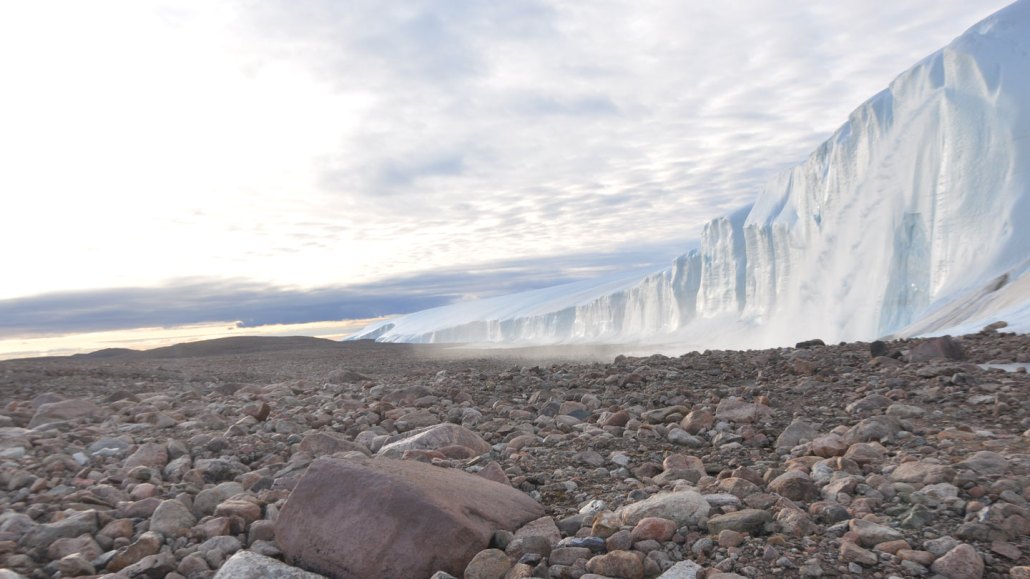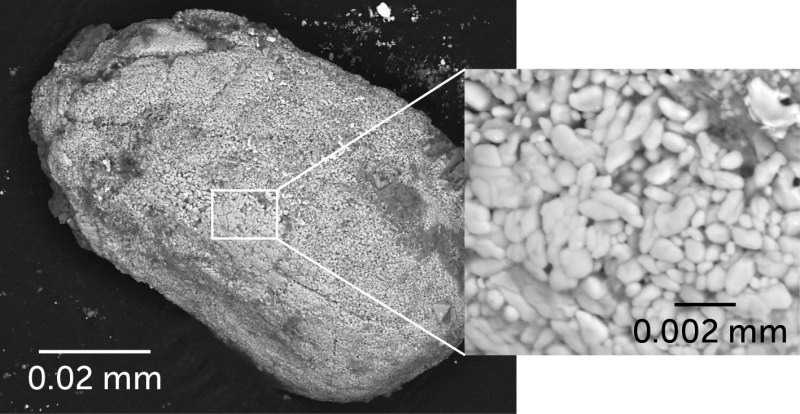The mysterious Hiawatha crater in Greenland is 58 million years old
The impact that carved the crater is too old to have caused the Younger Dryas cold snap

Pebbles at the edge of Greenland’s ice sheet, shown here in 2019, contain zircon crystals that were altered by an impact about 58 million years ago.
Pierre Beck
- More than 2 years ago
The powerful impact that created a mysterious crater at the northwestern edge of Greenland’s ice sheet happened about 58 million years ago, researchers report March 9 in Science Advances.
That timing, confirmed by two separate dating methods, means that the asteroid or comet or meteorite that carved the depression struck long before the Younger Dryas cold snap about 13,000 years ago. Some researchers have suggested the cold spell was caused by such an impact.
Sign up for our newsletter
We summarize the week's scientific breakthroughs every Thursday.
Scientists spotted the crater in 2015 during a scan by NASA’s Operation IceBridge, which used airborne radar to measure the ice sheet’s thickness. Those and other data revealed that the crater, dubbed Hiawatha, is a round depression that spans 31 kilometers and is buried beneath a kilometer of ice (SN: 11/14/18).
The next step was to determine how old the Hiawatha crater might be. Though the depression itself is unreachable, meltwater at the ice’s base had ported out pebbles and other sediments bearing telltale signs of alteration by an impact, including sand from partially melted rocks and pebbles containing intensely deformed, or “shocked,” zircon crystals.

Geochemist Gavin Kenny of the Swedish Museum of Natural History in Stockholm and colleagues dated these alterations using two methods based on the radioactive decay of isotopes, or different forms of elements. For the zircons, the team measured the decay of uranium to lead, and in the sand, the researchers compared the abundances of radioactive argon isotopes with stable ones. Both methods suggest that the impact occurred about 57.99 million years ago.
That makes the crater far too old to be the smoking gun long sought by proponents of the controversial Younger Dryas impact hypothesis (SN: 6/26/18). The timing also isn’t quite right to link it to a warm period called the Paleocene-Eocene Thermal Maximum, which began around 56 million years ago (SN: 9/28/16). For now, the researchers say, what impact this space punch may have had on Earth’s global climate remains a mystery.






